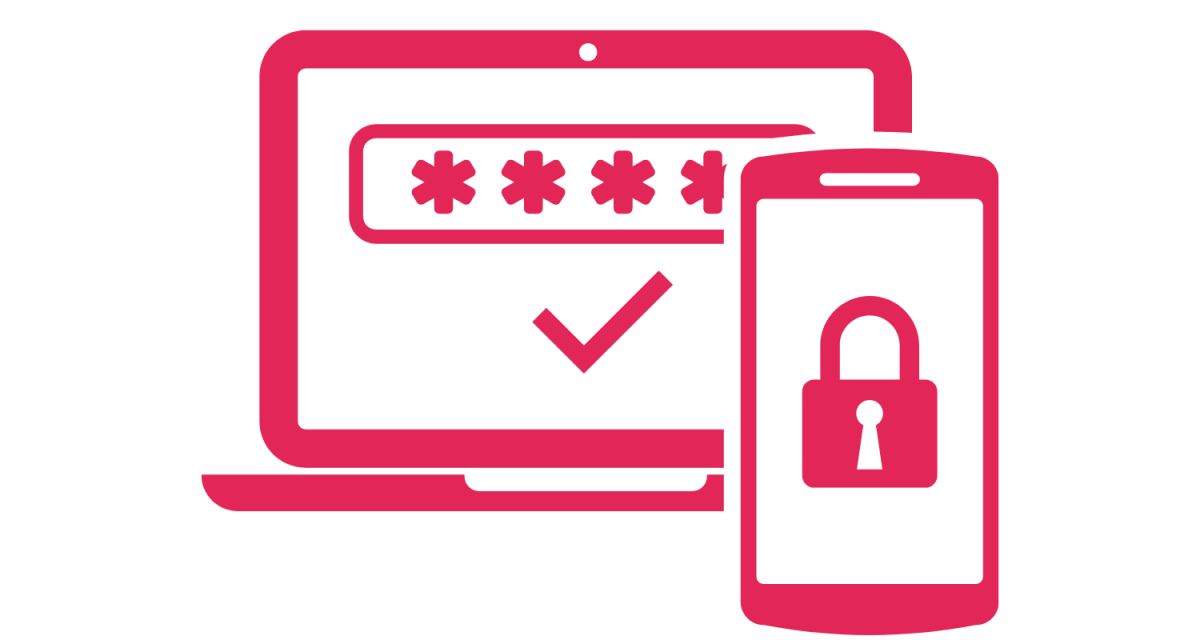by Chris Green, Tech Advisor
We’ve all encountered individuals that have attempted to gain sensitive information from us to commit fraudulent activity. You will have received calls from people pretending to be your internet/telephone provider, bank or maybe even Amazon. They all have one task in mind which is to extract that valuable data from you. This could be conducted over several different calls to build trust and acceptance that you are speaking to who they say they are.
An important thing to remember is that companies (including your bank and utility providers) will very rarely contact you over the phone. You should never feel pressurized to reveal any information over the phone. Here’s what some of these organizations say:
Santander
Anyone can be easily impersonated, and criminals can make the caller ID, email address or name look exactly like the genuine caller. So, if you receive an email, text or call, verify it’s genuine by phoning them back on a known and trusted number.
Amazon
Amazon will never ask for payment or offer you a refund you do not expect.
BT
If the caller sounds urgent or threatening, they ask for remote access to your computer, they ask for personal details, passwords or bank details then hang up.
If the above sounds familiar and you fear you may have revealed personal information to a stranger then you can take some steps to protect yourself.
- Change your email account password first
- Change all other passwords (this should be done regularly to maintain security)
- Ensure that your contact details are correct for these accounts, especially your mobile phone/home number and backup email address (if you have one)
- Enable 2-factor authentication where possible

What is 2-factor authentication?
The phrase ‘2-factor authentication’ sounds complex to many users. Chances are you have already used it in some way, but didn’t know it was called that. You might also hear it called “multi-factor authentication” or “2 step verification”.
Basically, it means that before you can access some services, you need to provide two different pieces of information. Examples might include:
|
Authentication types |
Examples |
|
Something you know |
account name, password, email account |
|
Something in your possession |
security key, application, code |
|
Some physical attribute |
fingerprint, facial recognition |
This means that if someone has managed to gain your password then they would also need your device or a fingerprint to get any further making it highly unlikely they can successfully complete both two steps.
If you’d like to activate 2-step verification on your devices, or would like to have a chat about how to best manage the security of your data then please get in touch with one of our tech advisors.






